Summary
Introduction to Kudurru Stones
At the crossroads of ancient civilizations, the Kudurru Stones mark a pivotal heritage of Mesopotamian society. They are not just markers of land but also a testament to the sophisticated bureaucracy and laws of the time. Intricately carved with symbols and cuneiform inscriptions, these boundary stones proclaim the power of kings and gods. They served as legal documents, detailing grants of land by the sovereign. By understanding these artifacts, we delve into the depths of ancient land rights and divine intercessions.
Get your dose of History via Email
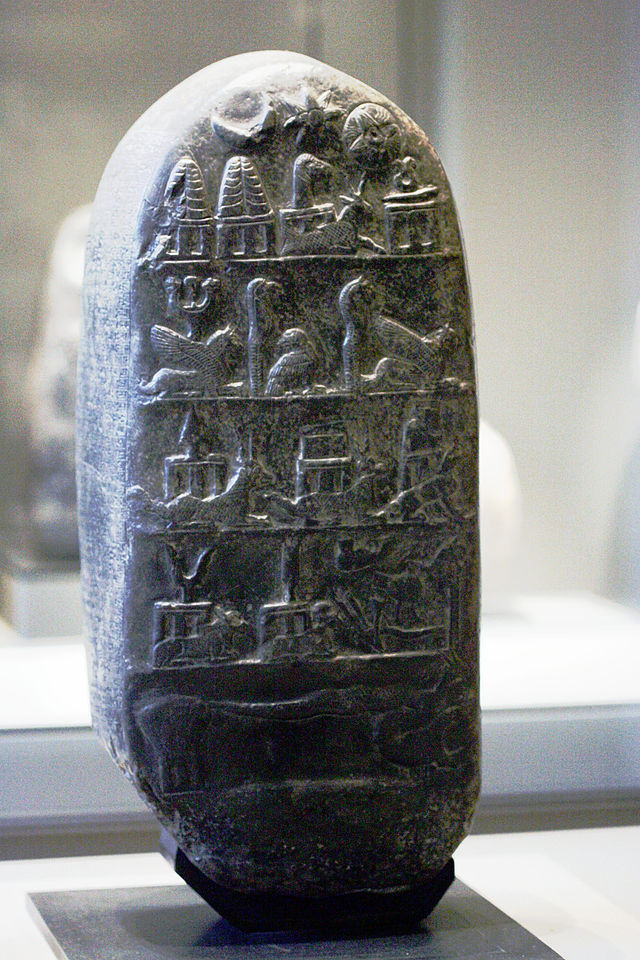
Artistic and Cultural Significance
Kudurru Stones stand as an artistic milestone showcasing elaborate carvings of divine figures and astrological symbols. Each element on the stones holds cultural and religious significance, portraying the celestial hierarchy believed to impact the lives and lands below. These stones encapsulate an era’s worldview, where divine will and kingly decrees intertwined. They mirror ancient Mesopotamia’s cultural ethos and the pivotal role of the divine in societal order. The stones are precious to scholars, unlocking insights into the symbology, language, and rituals of the period.
Preservation and Modern Understanding
Today, Kudurru Stones reside in several museums, offering historians and the public alike a tangible link to an ancient past. Preserving these stones is crucial, as they are keys to decoding Mesopotamian customs, legal systems, and hierarchies. Each stone holds stories of land grants and royal favors, shedding light on the socio-political dynamics of ancient times. Efforts to decipher and protect these stones reveal the ongoing interest in our earliest civilizations and ensure that the lessons of history remain alive for future generations.
Historical Background of Kudurru Stones
The Origins and Purpose
The ancient Kudurru Stones play a pivotal role in our understanding of Mesopotamian customs. Originating during the Kassite dynasty, around 1400 BC, these boundary markers also bore legal significance. Rulers used them to record land grants and privileges bestowed upon individuals. As a bridge between earthly and divine authority, the stones often featured curses aimed to protect the inscribed agreements. Thus, each Kudurru offers a unique glimpse into the legal and religious life of ancient Mesopotamia.
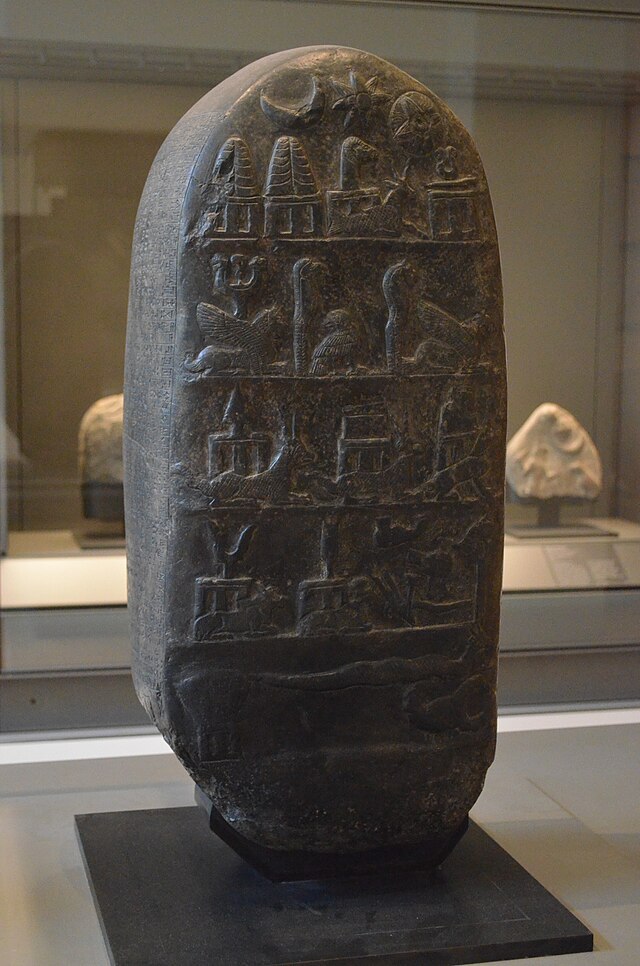
Markers of Land and Power
The intricate engravings on Kudurru Stones served to detail the borders of gifted lands. However, they went beyond mere physical demarcations. The stones stood as symbols of royal power. These artifacts affirmed the king’s right to assign territories as he wished. Moreover, they held the divine approval of such decisions. Evidently, the Kudurru Stones represent complex symbols of socio-political order of their time.
Artistic Expression of Divine Order
Apart from their administrative function, the stones are remarkable for their artistry. They exhibit carvings of gods, animals, and symbols depicting celestial bodies. This artwork was not just decorative. It signified the gods’ protection over the grant. This conveys how deeply intertwined religion was with governance in ancient Mesopotamia. Discovering each symbol’s meaning on the stones is like unraveling the spiritual worldview of an ancient civilization.
Throughout time, the relevance of Kudurru Stones has not faded. Today, they retain a crucial spot in museum collections worldwide. They challenge historians to decode and contextualize ancient laws and customs. This ongoing scholarly pursuit breathes life into a civilization long gone. It also emphasizes the value of Kudurru Stones as cultural treasures.
As we continue to display and study them, these markers do more than recount forgotten pasts. They inspire reflection on the continuity of human civilization. Their well-preserved narratives remind us of the depth and durability of human traditions and legal systems.
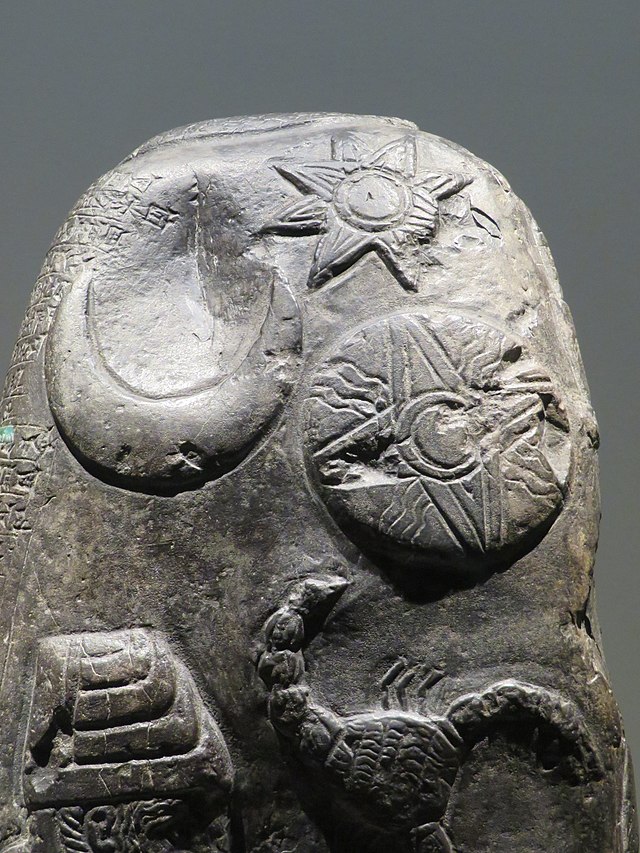
The Discovery of Kudurru Stones
Unveiling Ancient Stones
The discovery of Kudurru Stones marked a significant moment in archaeological history. These cuneiform-inscribed stones first caught scholars’ attention during the 19th century. It was a period of keen interest in Mesopotamian cultures. Archaeologists exploring ancient Babylon uncovered these boundary stones. Hidden for millennia, they revealed a new layer of ancient history.
The Excavations at Babylon
German archaeologist Robert Koldewey played a vital role in bringing Kudurru Stones to light. Beginning in 1899, he led the extensive excavations in Babylon. This site, close to modern-day Baghdad, Iraq, held secrets beneath its sands. Among numerous findings were the Kudurru Stones, surfacing in the early 1900s. Their recovery provided an unprecedented look into the administration and art of the time.
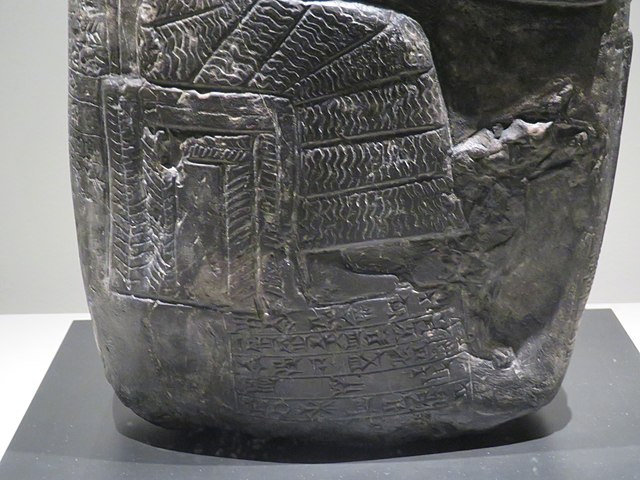
Deciphering the Texts
Following discovery, translation of the stones’ cuneiform script became a priority. Experts in ancient languages tackled the complex writings. The stones spoke of land grants, royal decrees, and divine protections. It took meticulous effort to decode these remnants of the past. Still, the work uncovered critical aspects of the Mesopotamian civilization.
As the study of Kudurru Stones progressed, their authenticity and value became clear. Museums across the world sought to include them in their collections. Thus, they transitioned from buried treasures to revered historical pieces. These artifacts now educate and fascinate the public globally.
The discovery of Kudurru Stones underscores the ongoing dialogue between past and present. As we unearth and interpret such relics, we gain a fuller picture of ancient societies. These stones stand as a bridge to a time when divinity and royalty shaped the land. And they continue to shape our understanding of human history.
Cultural Significance, Dating methods, Theories and Interpretations
The Rich Cultural Tapestry
The Kudurru Stones are more than ancient relics; they are vibrant cultural symbols. Each stone’s intricate carvings capture the essence of a civilization’s beliefs and values. They epitomize a complex society where the divine and regal realms are tightly knit. The stones were essential not just legally, but as sacred objects bearing witness to the Babylonians’ spiritual and communal practices. They encapsulate a world where art, politics, and religion were inseparable.
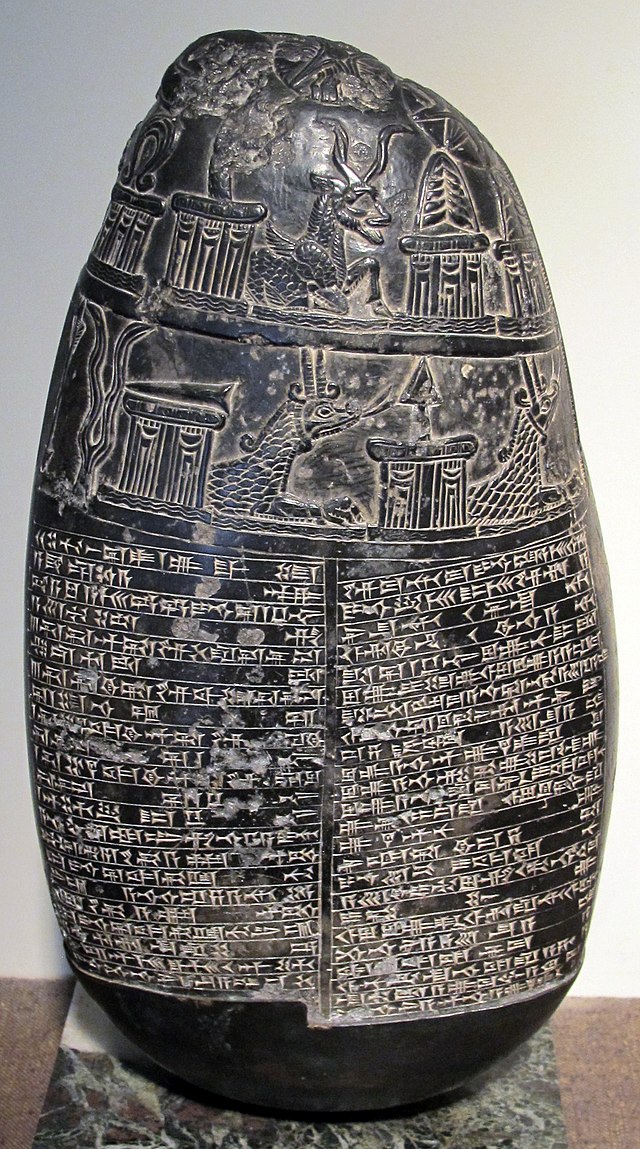
Dating Ancient History
Scientists have employed various dating methods to determine the Kudurru Stones’ age. One popular technique is stratigraphy, studying the layers of earth in which items are found. Coupled with relative dating, where objects are aged based on their context among other artifacts, experts can estimate the period a stone belongs to. These methods, though not exact, help frame the Kudurru Stones within a broader historical timeline and understand their relevance in ancient chronicles.
Unraveling Mysteries: Theories and Interpretations
Despite extensive deciphering efforts, many theories about Kudurru Stones continue to circulate. Scholars debate inscriptions’ meanings, symbols’ significance, and the encoded laws’ intricacies. Some suggest the stones also served astronomical or educational purposes. Others believe there might be lost rituals tied to these stones yet to be uncovered. These interpretations enrich our understanding of how multifaceted the Kudurru Stones truly are.
Interpreting the Kudurru Stones presents a formidable challenge that keeps scholars engrossed. Each stone is like a puzzle, holding pieces of legal, social, and mythological knowledge. Piecing together these fragments through different lenses paints a dynamic picture of the past. These interpretations form a crucial part of the ongoing dialogue about human history and heritage.
The Kudurru Stones continue to ignite curiosity and awe as they stand the test of time. They are a testament to ancient people’s sophistication in melding practical governance with celestial order. With each theory and methodical dating effort, we draw closer to the ancients. These stones are not quiet; they speak of a living past, urging us to listen and learn from the echoes of bygone eras.

Conclusion and Sources
The exploration of Kudurru Stones unveils a story woven into the fabric of ancient Mesopotamian culture. These artifacts stand as historical beacons, shedding light on the complexities of governance, spirituality, and societal hierarchy of the time. As we continue to study and preserve these stones, they not only remind us of our past achievements in law, art, and religion but also challenge us to consider the legacies we leave behind for future generations to unearth. The journey into understanding the Kudurru Stones is ongoing, each theory and interpretation adding richness to the tapestry of human history.
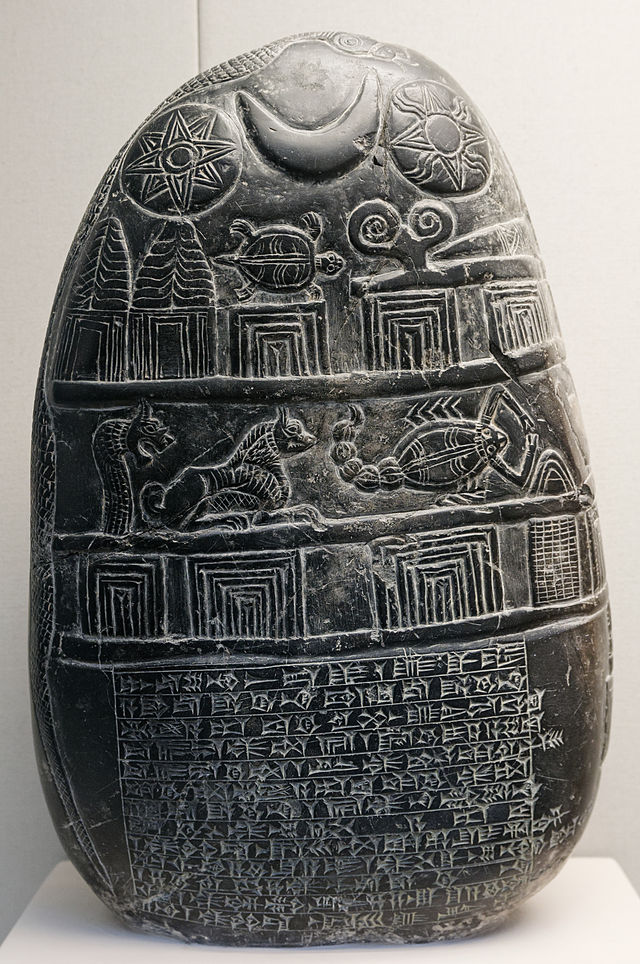
For further reading and to validate the information presented in this article, the following sources are recommended:
Or you can check any of these reputable archaeological and historical texts:
Koldewey, R. (1914). The Excavations at Babylon. London: Macmillan & Co.
Van De Mieroop, M. (2005). King Hammurabi of Babylon: A Biography. Cambridge: Blackwell Publishing.
Oates, J. (2007). Babylon. London: Thames & Hudson.
Stone, E.C. (1998). The Development of Cities in Ancient Mesopotamia. Civilizations, 4(2), 1-17.
Saggs, H.W.F. (1988). The Greatness That Was Babylon: A Survey of the Ancient Civilization of the Tigris-Euphrates Valley. London: Sidgwick & Jackson.

